Through a Robots-as-a-Service (RaaS) model, short-term rentals can be deployed to handle seasonal peaks or sudden spikes in demand, keeping operations running smoothly without long-term overhead.
Manufacturing
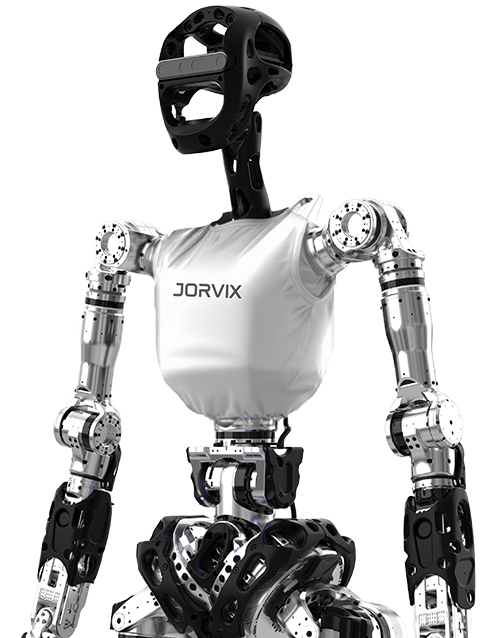
General-Purpose Automation That Adapts
This is where humanoid robots step in. By working alongside autonomous systems, humanoid robots can take on the repetitive, physical, and labour-intensive jobs that people no longer want to do—while seamlessly switching between tasks as needed.
From heavy lifting and case picking to replenishing materials at the line, humanoid robots ensure production never stops, while enabling skilled employees to focus on higher-value work.
Humanoid robots bring significant benefits to modern manufacturing. They allow companies to upskill their workforce without disruption, freeing employees from repetitive, low-value tasks while ensuring production needs are still met. With their versatility, these robots offer task switching on demand, seamlessly shifting across different roles and functions throughout the day. Just as importantly, they operate with no infrastructure barriers, making them adaptable to both new and existing facilities without the need for costly upgrades or major changes.
Humanoid Robots Deliver True General-Purpose Automation
Unlike traditional automation built for narrow, single-purpose tasks, humanoid robots stand out for their versatility. They are capable of performing thousands of tasks and can seamlessly switch between roles as operational needs change.
Designed to work alongside people, humanoid robots take on the demanding and repetitive jobs humans prefer to avoid—such as heavy lifting, unloading, case picking, and downstacking—while ensuring consistency, efficiency, and safety.
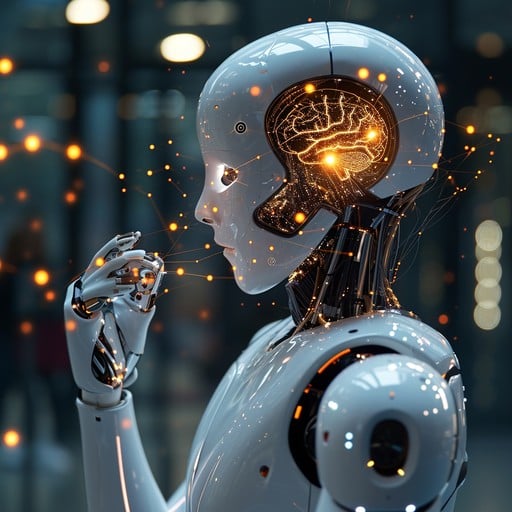
Where Humanoid Robots Add Value
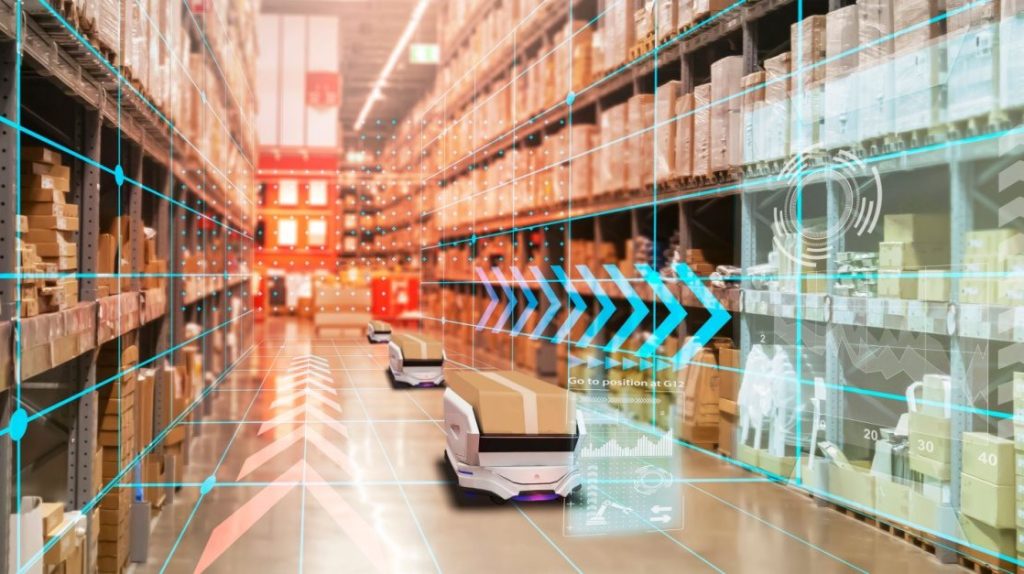
Adapting to Demand Surges
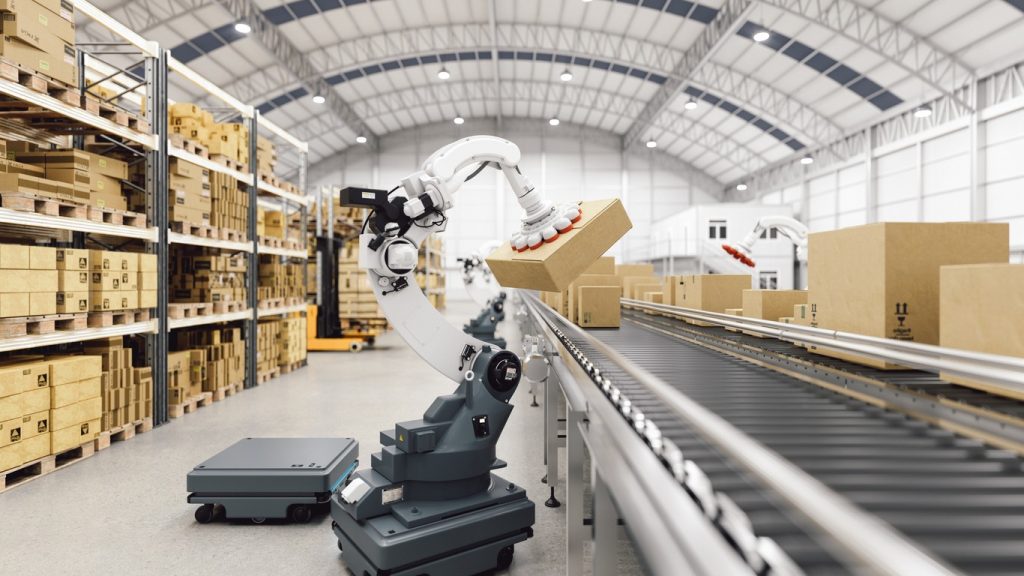
Multi-Tenant Facilities
In shared distribution centres, multiple companies can pool resources and split the cost of deploying humanoid robots—making automation more affordable and accessible.
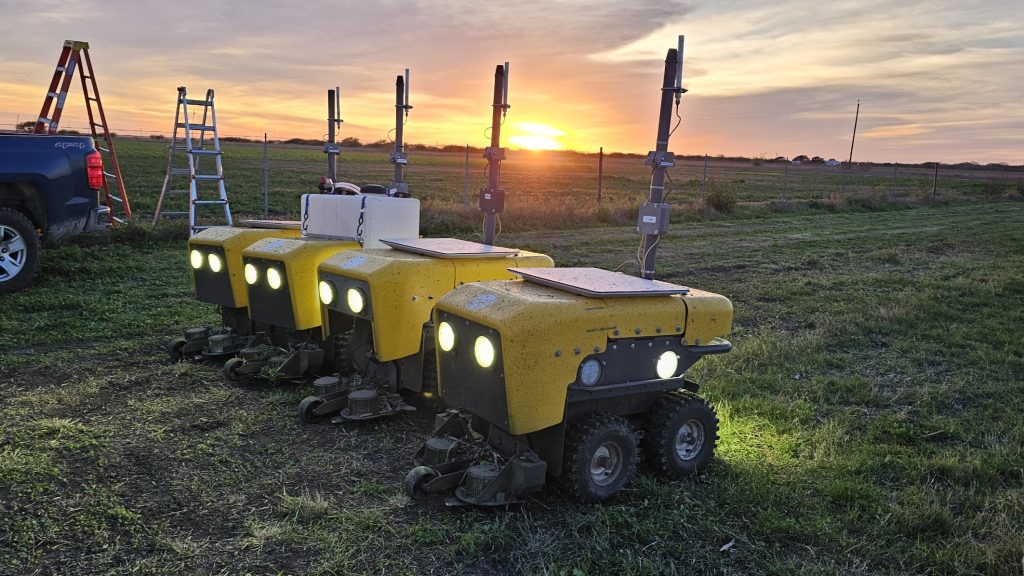
Brownfield & Greenfield Flexibility
Humanoid robots integrate seamlessly into both existing facilities and new developments, improving productivity without requiring major capital investments or infrastructure changes.
